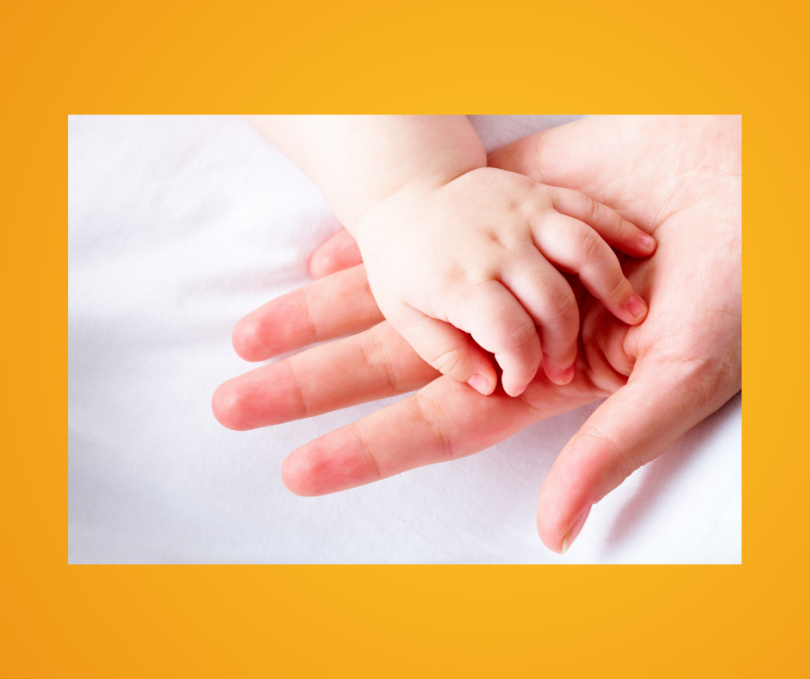Storage by vitrification
So-called vitrification is a method of cryopreservation (deep freezing) for oocytes and embryos. The cells are frozen particularly quickly and can then be stored in liquid nitrogen. The procedure has been in use in fertility clinics around the world for years. Many clinics advertise that this procedure allows practically unlimited storage of these valuable cells.
Concerns
However, concerns have repeatedly been expressed as to whether this procedure could harm the embryo. Risk of premature birth, complications during childbirth and even birth defects were feared.
What does research say?
Such contradicting representations and information understandably unsettle many couples who want to have children. Results from a new study from China are helpful. It encompasses data from almost 25,000 patients, so that one can assume quite solid and reliable results here.
Does the storage period have an influence?
The researchers wanted to know whether the length of storage was related to success in pregnancy, the viability of the embryo, or its health. Patients whose embryos had been stored for less than three months, 3-6 months, 6-12 months and 12-24 months were compared.
Decreasing chances of success, but lasting health
The implantation rate for the embryos that had been stored for the longest period decreased from 40 to 26% compared to the group that had been stored for the shortest time. The pregnancy rate decreased from 56 to 26% and the live birth rate from 47 to 26%.
Good to know: the storage time did not affect the health of newborns.
Conclusion
Overall, it can be concluded that vitrification is a good method for storing embryos, but the likelihood of successful fertility treatment decreases the longer the embryos are stored.
A comparatively lower chance of a live birth after prolonged storage can, however, be offset by additional embryo transfers.
You may also be interested in: Preparing for oocyte donation
https://my-fertility-blog.com/2019/02/19/preparing-for-oocyte-donation/
Source:
Li J et al. The effect of storage time after vitrification on pregnancy and neonatal outcomes among 24 698 patients following the first embryo transfer cycles. Hum Reprod 2020; 35: 1675-84







